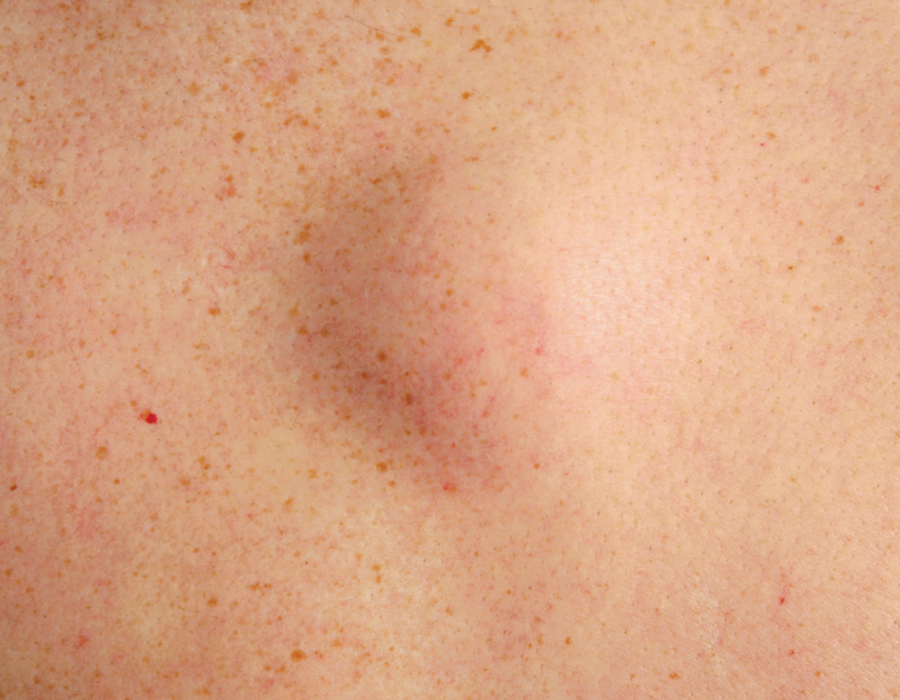Lipomas are common benign tumors composed of fatty tissue. Despite their generally benign nature, misconceptions and myths about lipoma treatment are widespread. These myths can lead to confusion and potentially misguided decisions regarding treatment. This article dispels common myths and provides factual information about Lipoma Treatment in Dubai to help you make informed choices.
Myth 1: Lipomas Are Cancerous
Fact: Lipomas are non-cancerous growths made up of fatty tissue. They are benign and do not have the potential to spread or metastasize like cancerous tumors. While they can be unsightly or cause discomfort, they are not life-threatening and do not require urgent treatment based on cancer concerns.
Clarification: Although lipomas are benign, any new or changing lump should be evaluated by a healthcare provider to ensure it is not indicative of a more serious condition. A proper diagnosis often involves imaging studies and, if necessary, a biopsy to confirm the nature of the growth.
Myth 2: Lipomas Will Go Away on Their Own
Fact: Lipomas do not typically resolve without intervention. Once formed, they usually persist unless treated. While they generally do not grow rapidly or cause significant problems, their size and appearance can be a concern for some individuals.
Clarification: If a lipoma becomes bothersome or uncomfortable, medical treatment options such as surgical excision or liposuction are recommended. There are no proven natural remedies or over-the-counter treatments that will effectively eliminate a lipoma.
Myth 3: All Lipomas Require Surgery
Fact: While surgical excision is a common and effective treatment for lipomas, not all cases require surgery. Smaller, asymptomatic lipomas may not need immediate treatment, and less invasive options like liposuction or laser treatment can be considered based on the size and location of the lipoma.
Clarification: Treatment decisions should be based on the lipoma’s characteristics, such as size, location, and whether it causes discomfort. Consulting with a healthcare provider will help determine the most appropriate treatment method for each individual case.
Myth 4: Lipomas Are Caused by Poor Lifestyle Choices
Fact: The exact cause of lipomas is not well understood, but they are not directly linked to lifestyle choices such as diet or exercise. Genetic factors play a significant role in their development, and they can occur in individuals with no lifestyle risk factors.
Clarification: While maintaining a healthy lifestyle is beneficial for overall well-being, it does not prevent or cause lipomas. Research suggests that genetic predisposition and certain medical conditions may contribute to their formation.
Myth 5: Lipoma Treatment Is Always Painful
Fact: Modern lipoma treatments are generally well-tolerated and designed to minimize discomfort. Advances in medical techniques, including the use of local anesthesia, less invasive procedures, and improved pain management strategies, have made treatment more comfortable.
Clarification: Many patients report only mild discomfort or soreness after treatment. Post-procedure pain can typically be managed with over-the-counter pain relievers, and most people return to their normal activities within a few days.
Myth 6: Lipomas Always Recurrence After Treatment
Fact: While it is possible for a lipoma to recur, especially if it was not completely removed, most treatments are effective in eliminating the growth. Proper surgical techniques and thorough removal of the lipoma can reduce the risk of recurrence.
Clarification: Recurrence is more common when the lipoma is not fully excised or when remnants of the fatty tissue are left behind. Choosing a skilled healthcare provider and following their recommendations can minimize the likelihood of recurrence.
Myth 7: Lipomas Can Be Treated with Home Remedies
Fact: There is no scientific evidence supporting the effectiveness of home remedies or alternative treatments for lipoma removal. Methods such as applying topical ointments, using essential oils, or trying herbal remedies have not been proven to reduce or eliminate lipomas.
Clarification: The most reliable treatments for lipomas involve medical procedures performed by healthcare professionals. Home remedies may offer temporary relief of symptoms but are unlikely to address the underlying lipoma.
Myth 8: Lipomas Are Only Treated When They Cause Pain
Fact: Lipomas can be treated for reasons other than pain, such as cosmetic concerns or if they interfere with movement or function. Some individuals choose to have lipomas removed for aesthetic reasons, even if they are not painful or bothersome.
Clarification: The decision to treat a lipoma is based on various factors, including its size, location, and impact on the patient’s quality of life. A healthcare provider will assess these factors to recommend the best treatment approach.
Myth 9: Lipomas Are Only Found in Adults
Fact: While lipomas are more commonly found in adults, they can also occur in children and adolescents. The condition is not age-specific, and lipomas can develop at any stage of life.
Clarification: Pediatric lipomas may require special consideration in terms of treatment and management, but the treatment principles remain similar to those for adults.
Myth 10: Lipoma Removal Is Always Covered by Insurance
Fact: Coverage for lipoma removal varies depending on the insurance policy and the specific circumstances. While many insurance plans cover medically necessary procedures, elective or cosmetic treatments may not be covered.
Clarification: It is important to check with your insurance provider to understand what is covered and any associated costs. Discussing treatment options and insurance coverage with your healthcare provider can help avoid unexpected expenses.
Conclusion
Understanding the facts about lipoma treatment helps dispel common myths and misconceptions, ensuring that individuals can make informed decisions about their health. Lipomas are generally benign and manageable, and a range of treatment options is available to address various needs and preferences. By separating myth from fact, patients can approach lipoma management with greater confidence and clarity, ultimately leading to better outcomes and improved quality of life.





Comments